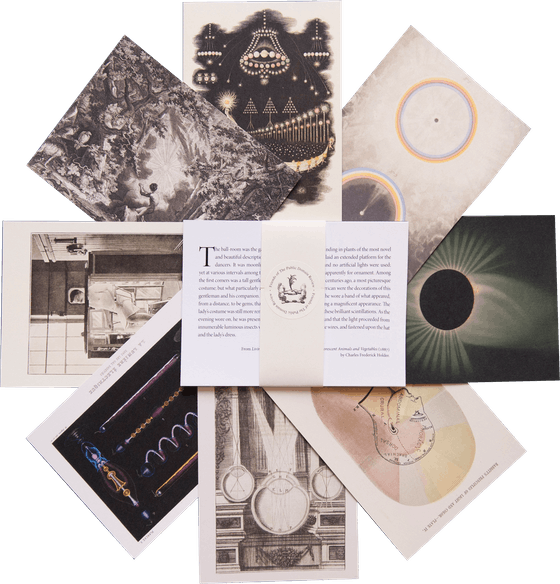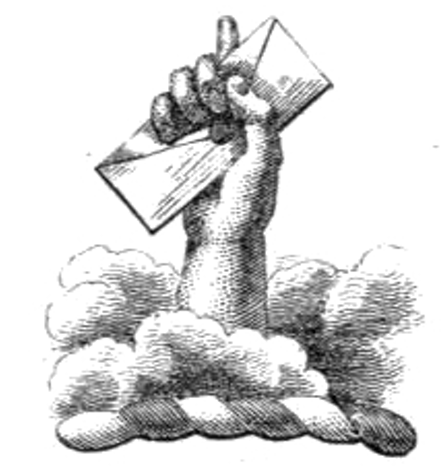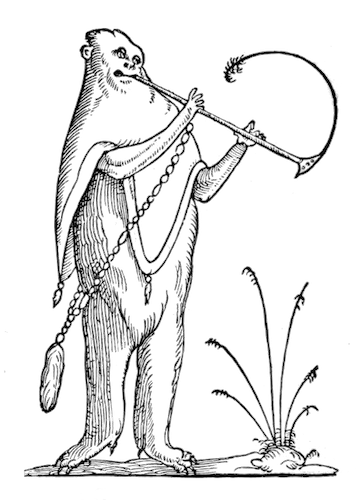
Apollinaire’s Calligrammes (1918)
A book of poetry by French writer Guillaume Apollinaire, noted for its use of "caligrams" in which typeface and arrangement of words on the page add to the meaning of the compositions. In this way, the collection can be seen as a contribution to the tradition of concrete or visual poetry. Considered as the forefather of Surrealism, Apollinaire described his work as follows:
The Calligrammes are an idealisation of free verse poetry and typographical precision in an era when typography is reaching a brilliant end to its career, at the dawn of the new means of reproduction that are the cinema and the phonograph. (Guillaume Apollinaire, in a letter to André Billy)
Subtitled "Poems of Peace and War 1913-1916", many of the poems deal with Apollinaire's wartime experience as both an artilleryman and infantry officer. He was badly hurt in 1916 with a shrapnel wound to his temple and it was during his recovery that he coined the word "sur-realism" in the programme notes for Jean Cocteau's and Erik Satie's ballet Parade. Although he made an eventual recovery the injury weakened him and Apollinaire became one of the many victims of the 1918 Spanish Flu pandemic. Published the year of his death, Calligrammes remains one of the most influential books of the twentieth century.
Enjoyed this piece? We need your help to keep publishing.
The PDR is a non-profit project kept alive by reader donations – no ads, no paywalls, just the generosity of our community. It’s a really exciting model, but we need your help to keep it thriving. Visit our support page to become a Friend and receive our themed postcard packs. Or give a one-off donation. Already a supporter? A huge thank you for making all this possible.
Oct 27, 2015






